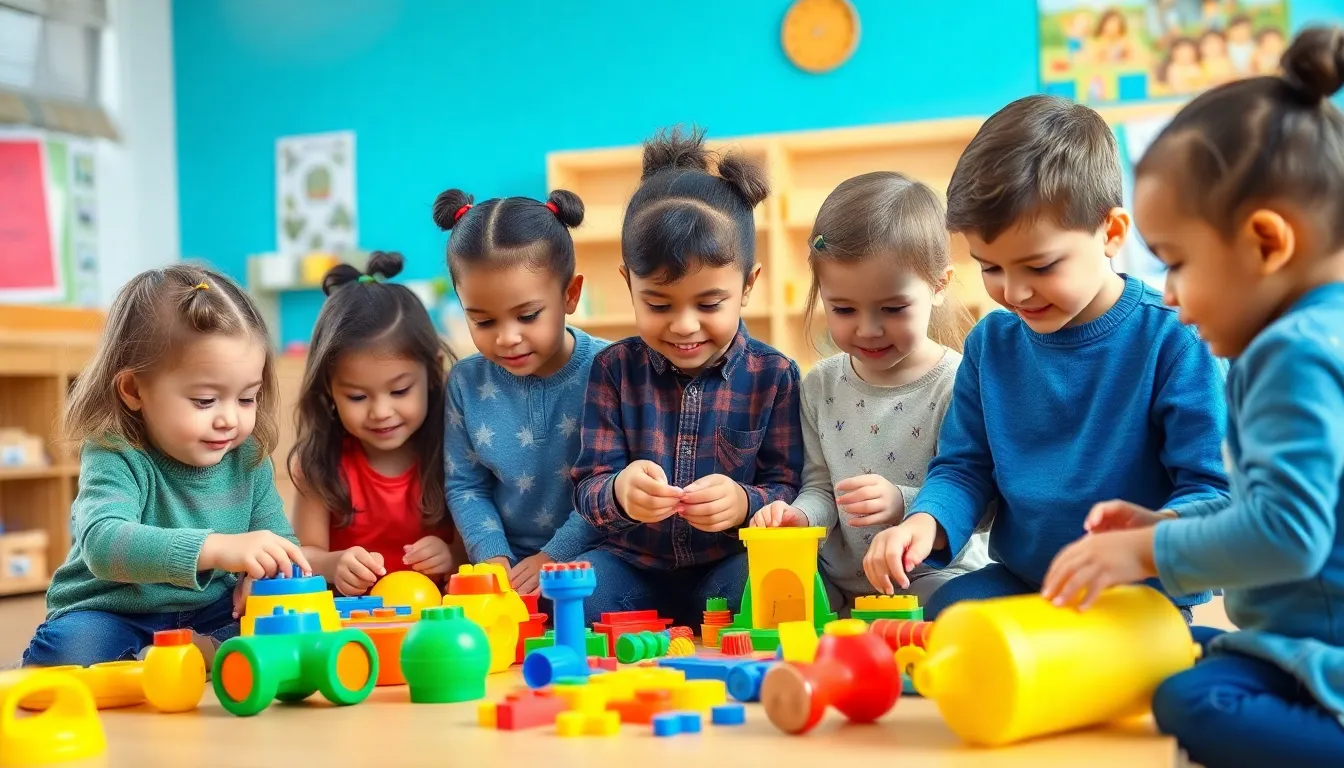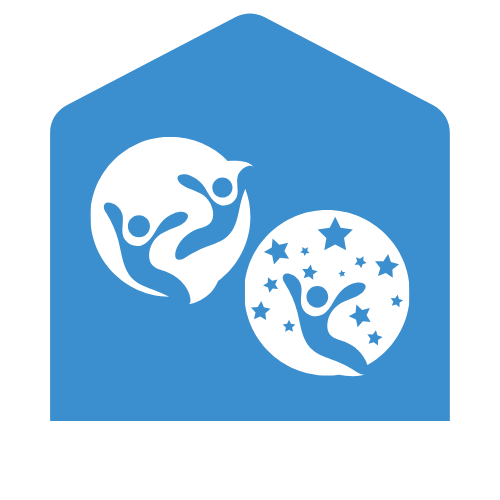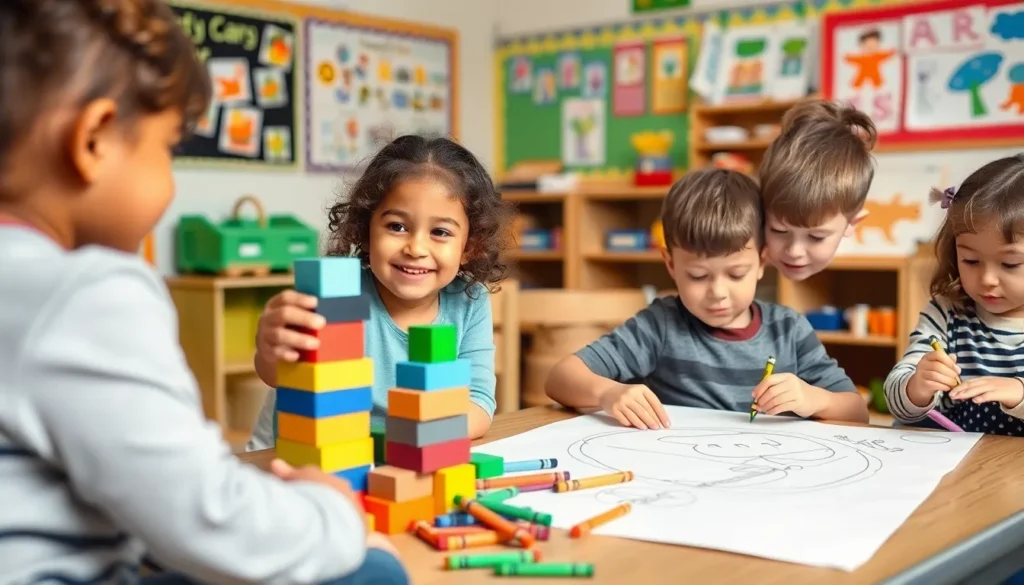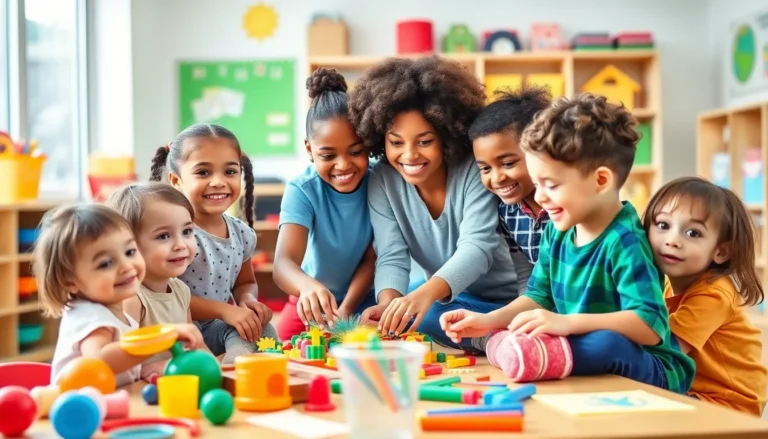Table of Contents
ToggleIn a world where toddlers can navigate tablets faster than most adults, early learning standards have become the unsung heroes of childhood education. These guidelines aren’t just a bunch of fancy words; they’re the secret sauce that helps little ones develop essential skills while having a blast. Think of them as a roadmap for educators and parents, ensuring that every child gets the best start possible—without the detours.
Understanding Early Learning Standards
Early learning standards provide a framework guiding the educational growth of young children. These standards encompass various domains such as cognitive, social-emotional, language, and physical development. Educators use early learning standards to create age-appropriate learning experiences that nurture essential skills.
Assessment forms a crucial aspect of early learning standards. Through consistent evaluation, educators can determine a child’s progress and identify areas needing additional support. This data helps shape individualized learning plans tailored to each child’s unique needs.
Collaboration between educators and parents enhances the effectiveness of these standards. When parents are aware of early learning standards, they can actively engage in their child’s education. Communication between both parties fosters an environment where children feel supported both at home and in school.
Curriculum design often reflects early learning standards, ensuring that instructional materials align with developmental goals. Schools that adopt these standards focus on holistic child development, promoting not just academic success but also social and emotional well-being.
Understanding the significance of early learning standards allows educators to implement best practices in their teaching. Research supports that structured guidance in early education leads to positive long-term outcomes for children. By adhering to these standards, educators prepare children for the challenges of future learning environments.
Importance Of Early Learning Standards

Early learning standards play a critical role in shaping the educational journey of young children. These guidelines set expectations that promote optimal developmental outcomes.
Benefits For Children
Children benefit immensely from early learning standards. These expectations help in building foundational skills across multiple areas, including cognitive abilities, language skills, and social-emotional well-being. Engaging activities aligned with the standards foster curiosity and a love for learning. These standards encourage individualized learning, catering to each child’s unique needs and interests. Assessments based on these benchmarks enable educators to track progress accurately, ensuring timely interventions when necessary. A structured approach promotes confidence and resilience, equipping children to tackle future learning challenges effectively.
Benefits For Educators
Educators gain significant advantages from the implementation of early learning standards. Clear benchmarks provide a roadmap for curriculum development, facilitating targeted lesson planning. Professional development opportunities arise as educators seek to understand and integrate these standards into their teaching practices. Collaboration with families becomes easier when educators explain learning goals tied to these standards. Regular assessments offer insights into student progress, guiding instructional adjustments. Utilizing these standards enhances classroom engagement, as teachers can create environments that reflect developmental milestones. Overall, these standards empower educators to deliver high-quality early education efficiently.
Key Components Of Early Learning Standards
Early learning standards incorporate essential elements that shape children’s educational experiences. They focus on critical areas like developmental domains and assessment criteria to ensure effective learning.
Developmental Domains
Developmental domains encompass cognitive, social-emotional, language, and physical growth. Cognitive development involves skills such as problem-solving and critical thinking. Social-emotional development fosters relationships, self-regulation, and emotional awareness. Language development includes vocabulary expansion and communication skills. Physical development emphasizes fine and gross motor skills. Standards guide progress in these areas, helping educators create targeted activities. Engaging in play-based learning enables children to explore and develop across these domains. Each domain supports overall growth, ensuring well-rounded development tailored to individual needs.
Assessment Criteria
Assessment criteria play a vital role in monitoring children’s progress within early learning standards. These criteria provide benchmarks for evaluating skills and knowledge in developmental domains. Regular assessments allow educators to identify strengths and areas needing improvement. Utilizing multiple assessment methods helps capture a child’s unique learning style. Observations, portfolios, and standardized tests contribute valuable insights into growth. Assessment results inform individualized learning plans, ensuring children receive appropriate support. By fostering communication with families, educators align assessment outcomes with family expectations. This ongoing evaluation process strengthens instructional practices and enhances children’s educational experiences.
Implementing Early Learning Standards In The Classroom
Early learning standards play a critical role in shaping effective teaching practices. Educators must adopt specific strategies to implement these standards successfully.
Strategies For Educators
Utilizing diverse teaching methods enhances children’s engagement with early learning standards. Incorporating hands-on activities enables children to apply their knowledge practically. Adopting flexible lesson plans allows educators to address the varying needs of individual learners. Setting clear objectives for each activity helps maintain focus and measure progress. Regularly reviewing assessment data informs teaching adjustments, ensuring that instruction aligns with children’s developmental milestones. Fostering a supportive classroom environment encourages collaboration and peer interaction among students, deepening their understanding of concepts.
Involving Families In The Process
Engaging families strengthens children’s connections to learning standards. Providing resources and guidance allows parents to support their child’s development at home. Regular communication with families fosters a partnership that benefits children’s educational journeys. Hosting workshops can equip parents with strategies to reinforce learning objectives. Encouraging parents to participate in classroom activities creates a collaborative atmosphere where shared experiences enhance learning. Sharing progress updates keeps families informed and involved, reinforcing the importance of their role in their child’s education.
Challenges And Considerations
Implementing early learning standards presents several challenges for educators and institutions. Assessing the diverse developmental needs of children proves difficult, as each child progresses uniquely across cognitive, social-emotional, language, and physical domains. Meeting these varying needs while adhering to a standardized framework requires careful planning and innovative strategies.
Collaboration with families poses another challenge. Parents may have different expectations or understandings of early learning standards. Communicating these standards clearly helps create a unified approach to supporting children’s development at home and school. Regular workshops and resources for parents can bridge the gap, enabling them to reinforce learning objectives effectively.
Curriculum design often reflects the complexities of adhering to early learning standards. Designing a curriculum that balances standard requirements with engaging, play-based learning opportunities can be arduous. Flexibility in lesson planning allows educators to adapt their approach to align with children’s interests while meeting developmental milestones.
Assessment methods also invite consideration. Utilizing varied assessment tools accommodates diverse learning styles and accurately reflects children’s progress. Incorporating observations, portfolios, and performance assessments provides a comprehensive understanding of each child’s abilities.
It’s essential to remain aware of the potential for bias in assessments and instructional methods. Educators must ensure that all children receive equitable opportunities to demonstrate their learning and growth. Training focused on recognizing and mitigating bias can empower educators to foster inclusive learning environments.
Time constraints present an additional hurdle. Balancing the demands of implementing early learning standards with the necessity of individualized instruction can be overwhelming. Prioritizing essential skills and allowing for spontaneous learning opportunities can help educators create a seamless integration of standards into daily activities.
Early learning standards are pivotal in shaping a child’s educational journey. They provide a structured framework that supports holistic development while fostering a love for learning. By focusing on various developmental domains, these standards ensure that children acquire essential skills tailored to their unique needs.
The collaboration between educators and families is vital for reinforcing these standards. Engaging parents not only enhances children’s learning experiences but also strengthens their connection to educational goals.
As educators navigate the challenges of implementation, prioritizing clear communication and adaptable teaching methods will lead to more effective outcomes. Embracing early learning standards ultimately sets the stage for lifelong learning and success.







